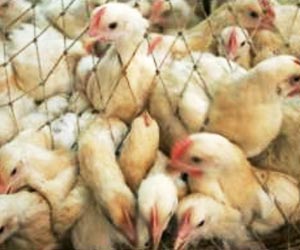Models that can help predict how many people will need food, how many food distribution facilities will be necessary, where should they be located,
Models that can help predict how many people will need food, how many food distribution facilities will be necessary, where should they be located, and how the resources should be allocated in the event of a flu pandemic have been developed by US scientists.
“The models are flexible so that multiple scenarios can be investigated to see which options meet a certain goal,” said Pinar Keskinocak, an associate professor in Georgia Tech''s H. Milton Stewart School of Industrial and Systems Engineering (ISyE).“This goal can be different for various groups, such as serving the most people given the availability of limited resources or minimizing the number of people infected while not negatively affecting businesses,” Keskinocak added.
Marilyn Self of the American Red Cross, who has collaborated with Georgia Tech researchers on this project, said: “These models have provided solid food distribution data that has helped us formulate the questions we have to ask and the decisions that we have to make about food distribution during a pandemic on a local and state-wide level”
The research collaborators are using these models to investigate whether or not schools should be closed during a pandemic.
"Closing schools affects both families and businesses because parents will have to stay home and take care of children," said Garry McGiboney, associate state superintendent at the Georgia Department of Education.
"We have to worry about important emergency workers like hospital staff members and law enforcement officers not being able to work because they have to tend to their children because schools are closed," McGiboney added.
Advertisement
The researchers believe that flu models similar to what they have created may be important because it is very difficult to predict when the next influenza pandemic will occur, or how severe it will be.
Advertisement
The model might also be useful for other purposes such as estimating hospital capacity needs, said Keskinocak.
"While we hope that a pandemic never occurs, our models will help Georgia and other states across the United States prepare response plans for the potential," added Keskinocak.
The details of the models were revealed at the Institute for Operations Research and the Management Sciences Annual Meeting on Sunday.
Source-ANI
RAS/SK








